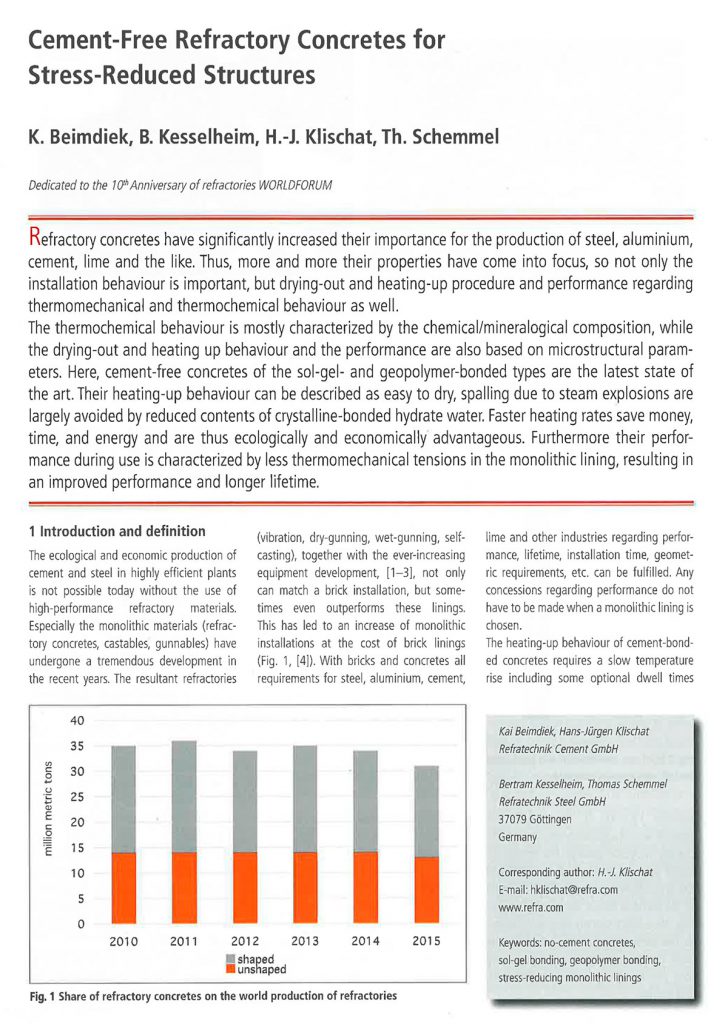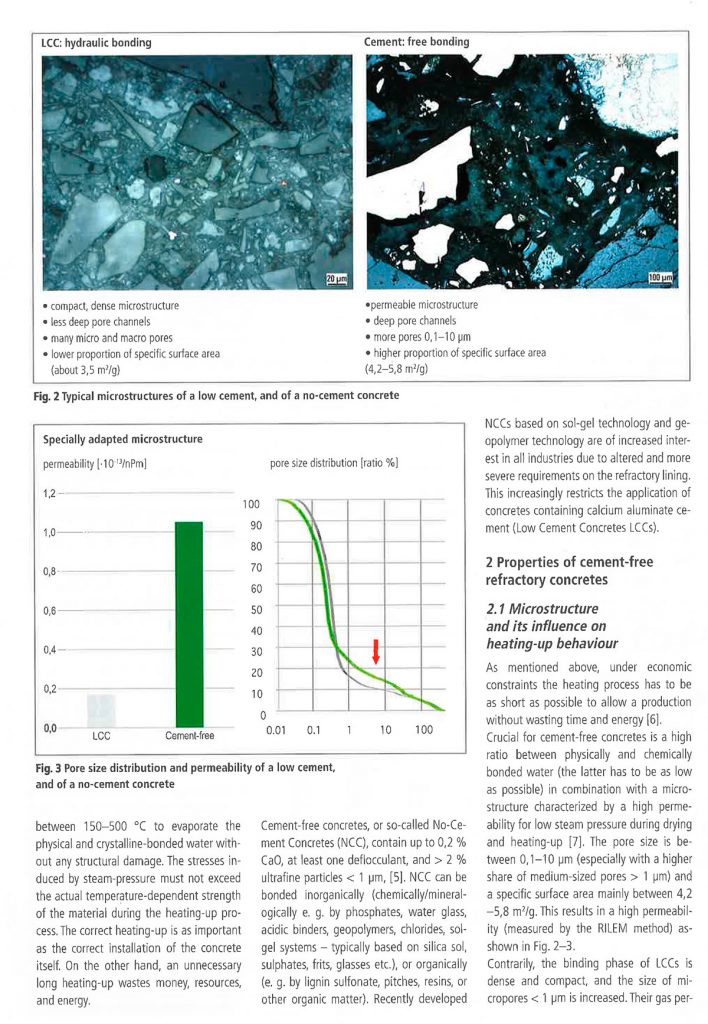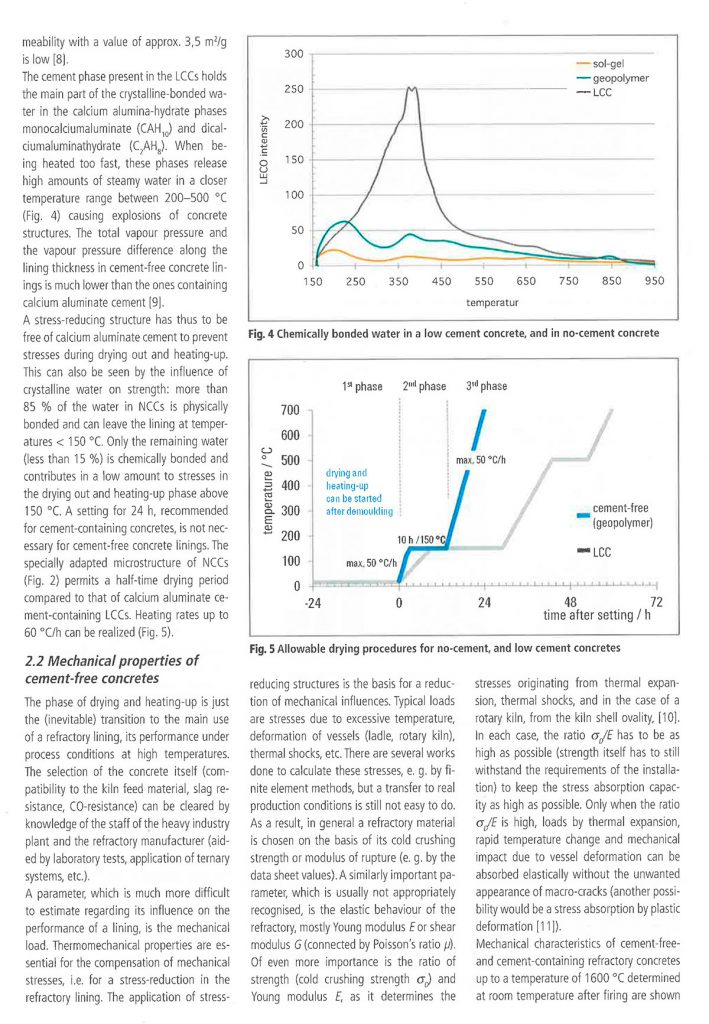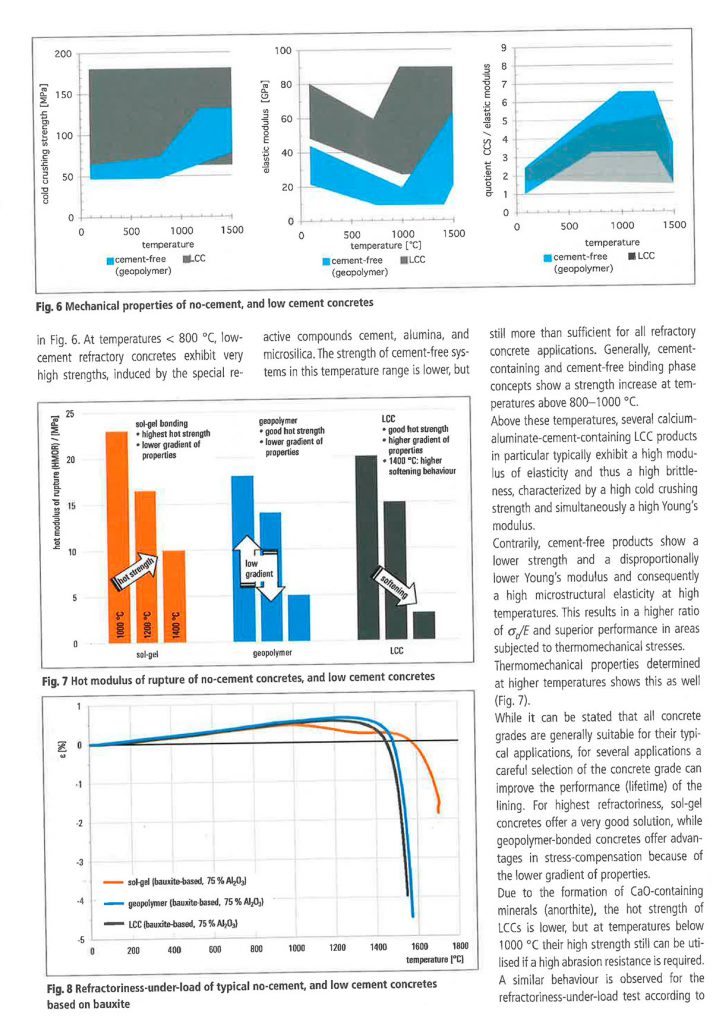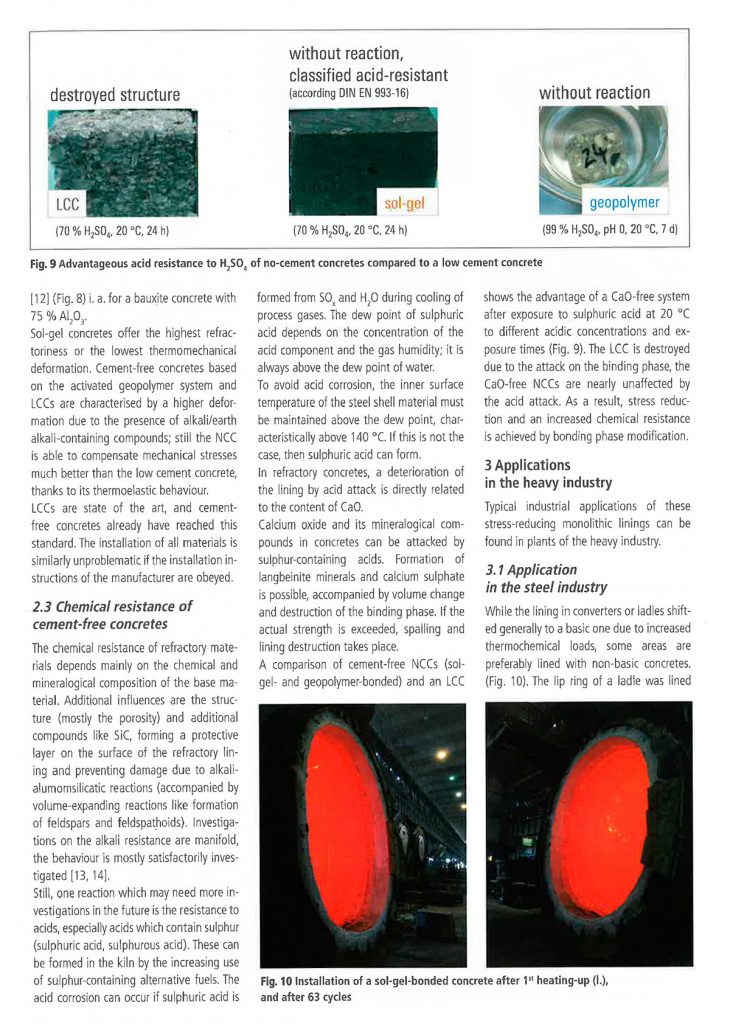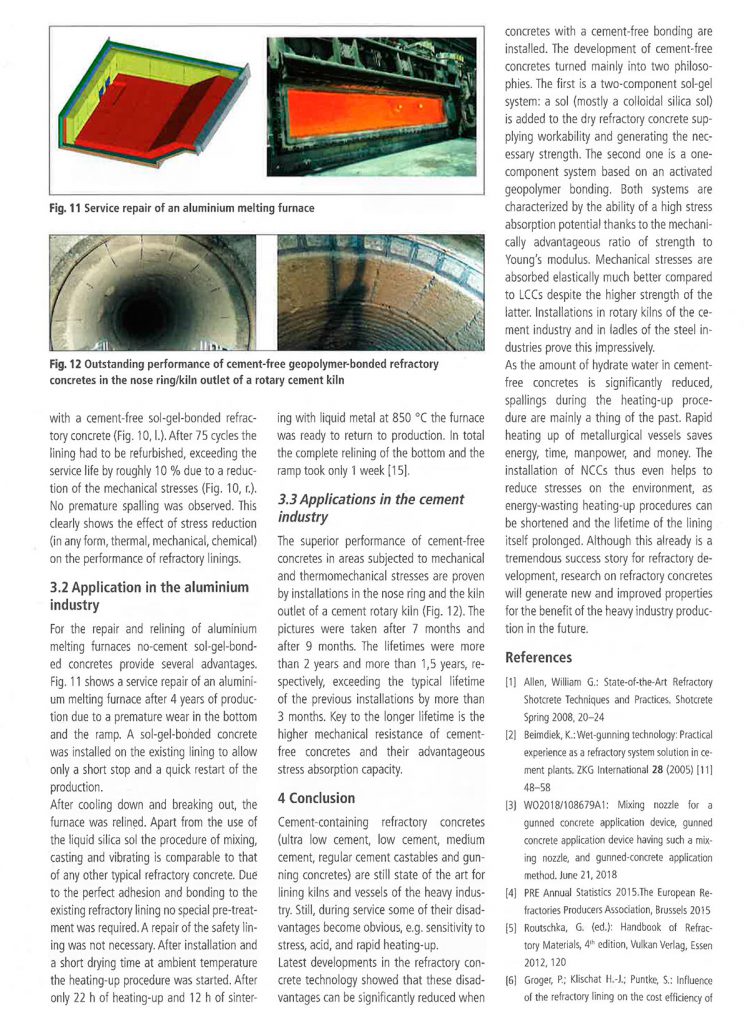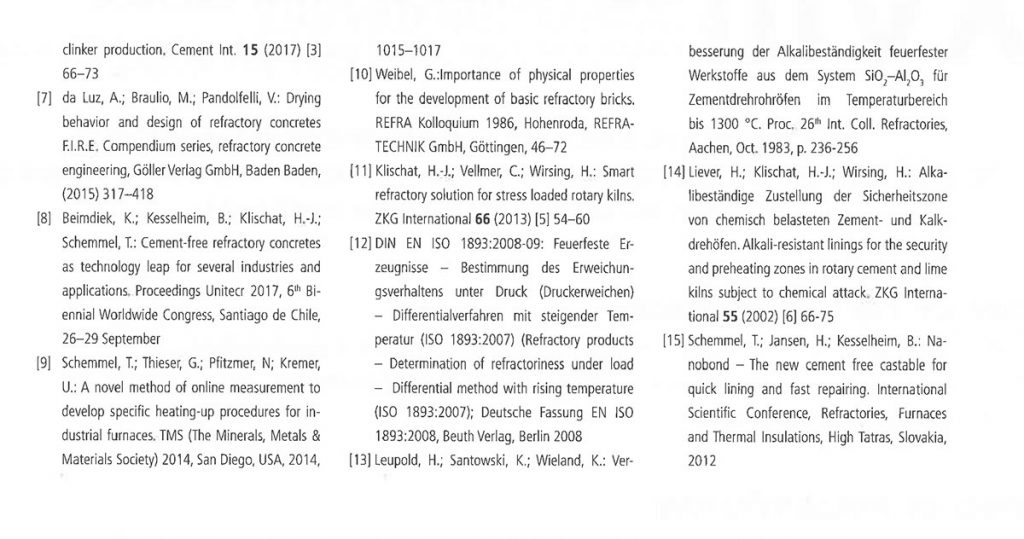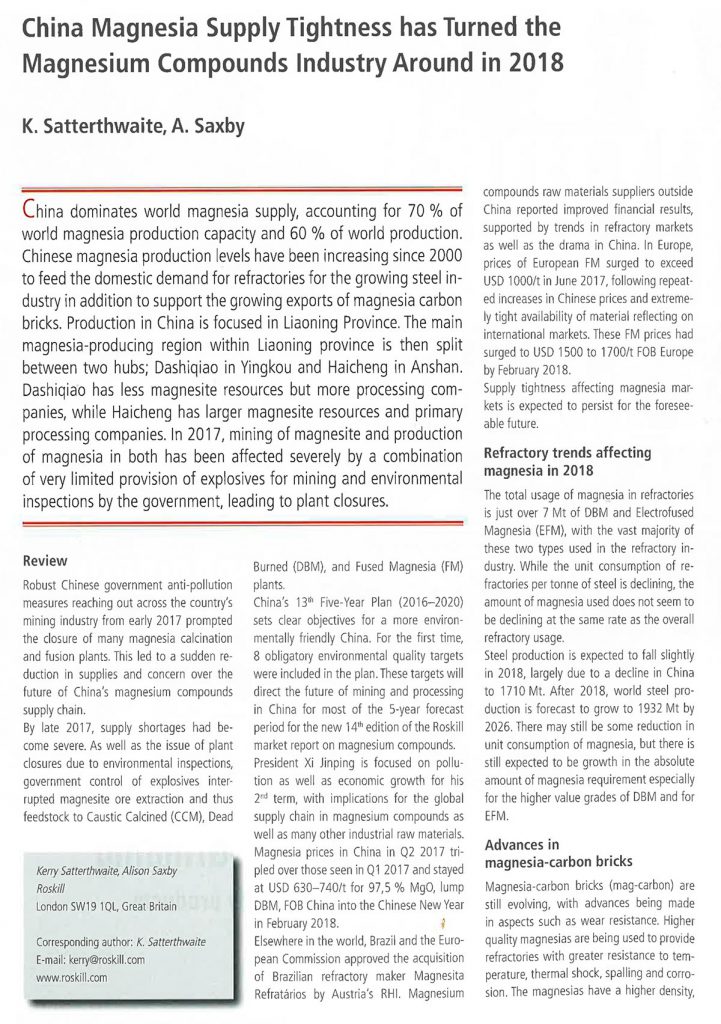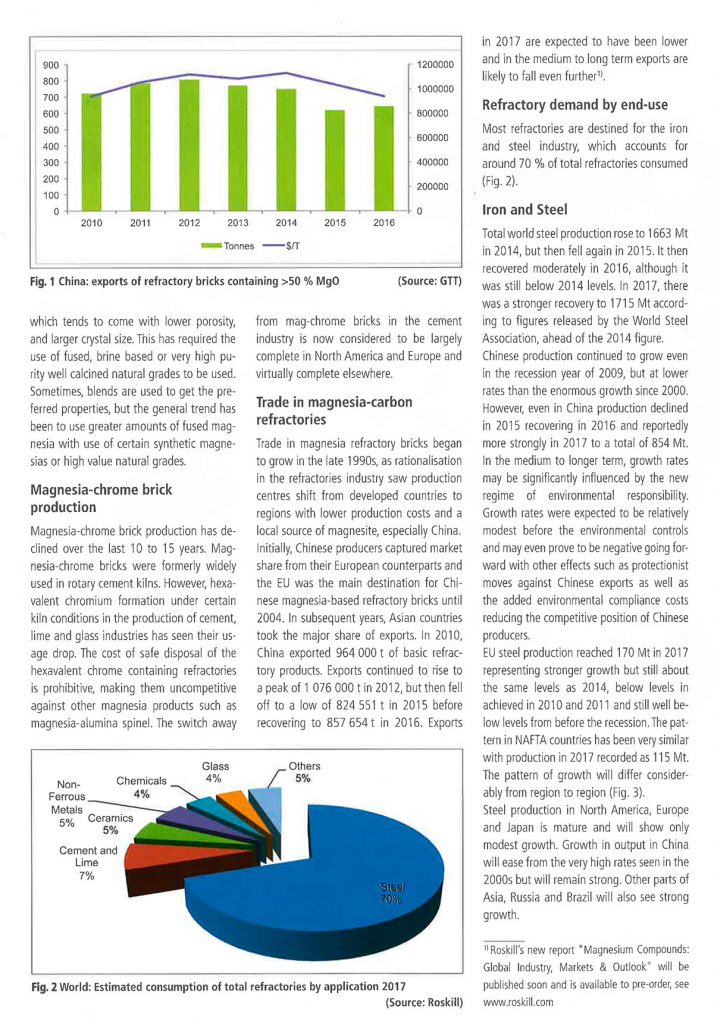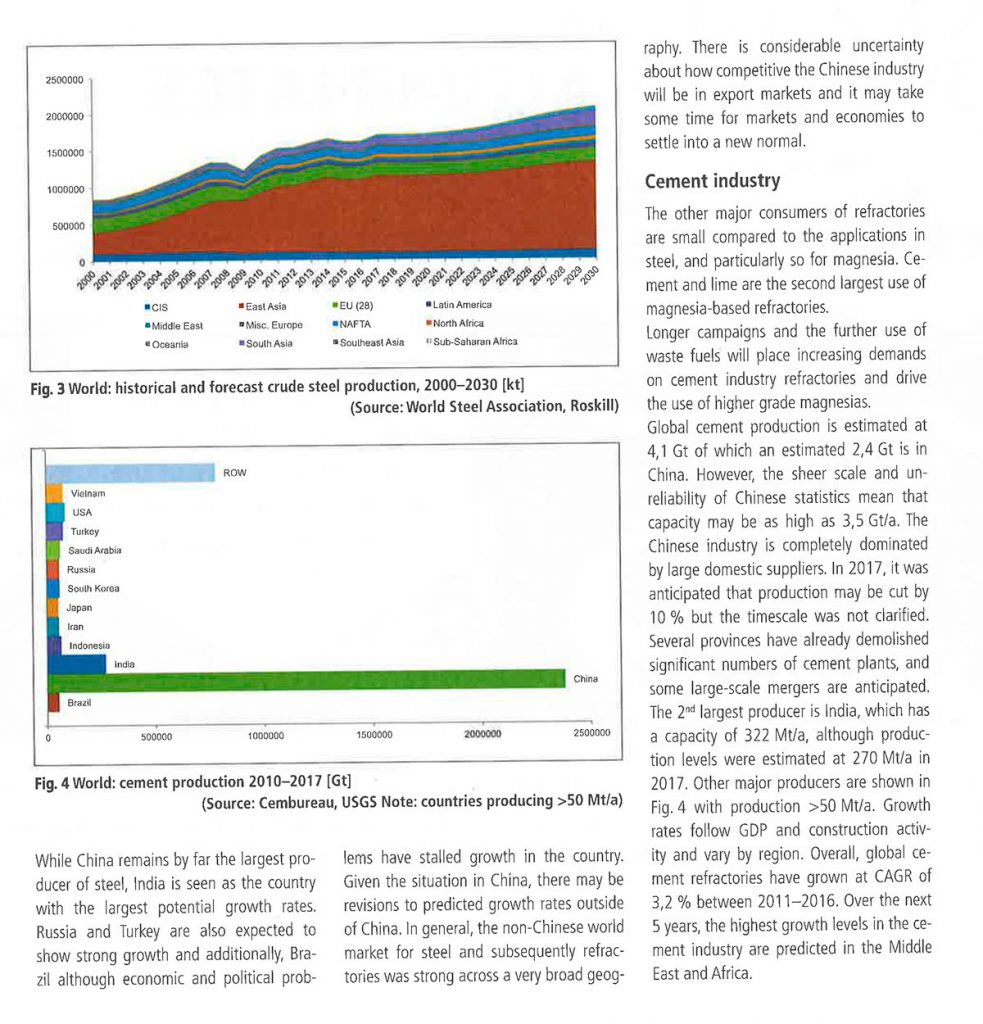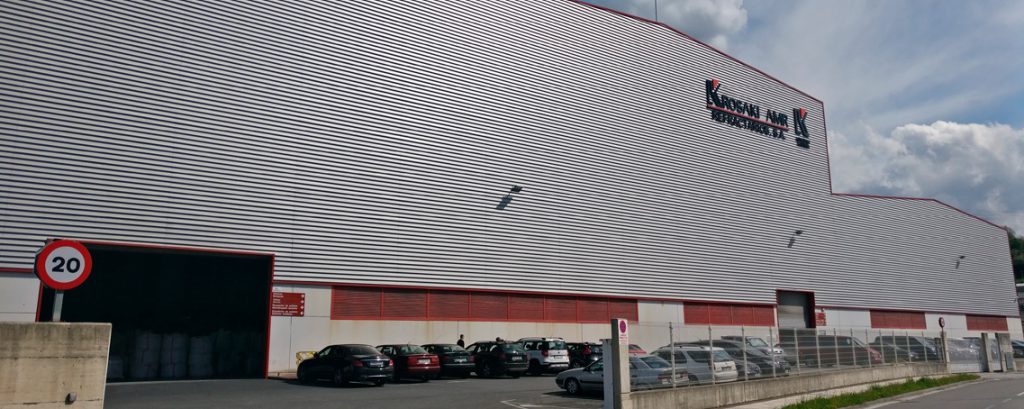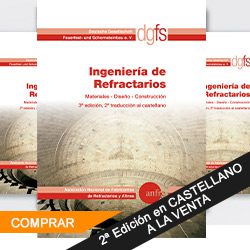The market for calcined bauxite and fused alumina carries on in a state of limbo at the beginning of the fourth quarter due to a continued lack of clarity on the extent of the supply issues in China.
Participants are facing hard questions about issues of continuity of supply from China amid a slowdown in demand from consumers in Europe and other areas.
Limited availability remains a problem that is ever present as much as it is proving difficult to quantify. This is resulting in wider spreads on some market prices – particularly for bauxite – while other grades remain firm or adjust on slow trading.
Fastmarkets IM assessed the price of calcined bauxite 85% at $400-435 per tonne fob China on Thursday October 18, compared with $420-435 per tonne previously.
Meanwhile, the price of calcined bauxite 86% stood at $435-450 per tonne fob China on Thursday, adjusting from $435-445 per tonne earlier.
Finally, the price of calcined bauxite 87% remained unchanged at $450-480 per tonne fob China, and the price of calcined bauxite 88% also held at $490-500 per tonne fob China.
Most data points collected point to a widening of the spreads, as in the case of the 85% and 86% price, and are testimony to the lack of clarity the industry is seeing at present.
«You hear numbers that are all over the place right now,» a consumer commented.
